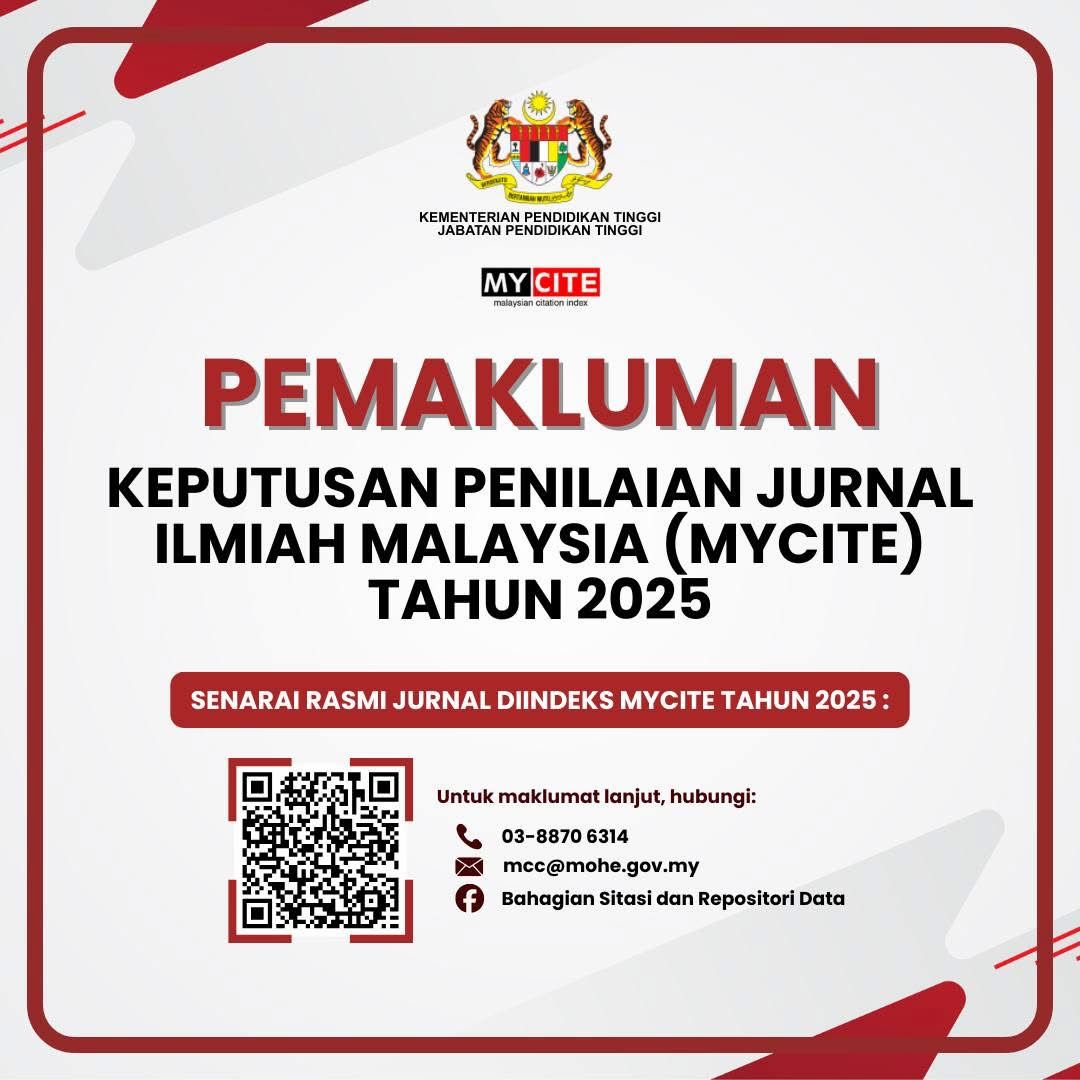Batik Inspiration From Shibori Tie-dye Technique
DOI:
https://doi.org/10.24191/idealogy.v9i2.579Abstract
This article presents the study of the tie and dye subject in the Fashion Design Program, College of Creative Arts and Design, UiTM Perak, Malaysia, which focuses on how the program's first-year diploma students are experimenting with exploring colours by using related tie-dye Shibori techniques with batik inspiration on fabric which can be incorporated and utilised in many ways for fashion design work. This article addressed the background of tie-dye Shibori techniques within the realm of batik inspirations, expanding the traditional understanding of the ancient Japanese art of tie-dyeing. The study aims to explore the students' experimental level of activities on techniques of tie-dye Shibori by focusing on the types of Shibori outcome techniques and the pre-and post-activity learning experience in the experiment process. The methodology mainly the Action research design involves closed observations by participatory approach, interactive process and reflective practice in which students critically show their actions and outcomes to learn from the process of tie-dye Shibori techniques. Findings of the results indicate the three tie-dye Shibori techniques that students have chosen and each of the techniques highlights the significant uniqueness and challenges in the process. This article concludes by exploring students' skills and understanding, the young fashion designers stage can prove that the subject of tie-dye Shibori has its potential. These can be seen in terms of students' perceptions towards self-appreciation in their work art performance. These various perceptions can significantly impact fashion design student's motivation, job satisfaction, and overall well-being at work after graduating from their studies and in the future sustainable community.
Keywords: Tie-Dye Shibori, tie-dye Shibori techniques
References
Bristi, U. (2018). The effect of temperature variation on dyeing tie-dye cotton fabrics dyed with reactiveye. Journal of Textile Science and Technology, 04(04), 117-128. https://doi.org/10.4236/jtst.2018.44008 Whitehead, B. (2019). Shibori for textile artists. Batsford.
Behera, S. K. and Khandual, A. (2017). Tie-dye textiles in the fashion domain. International Journal of Engineering Research And, V6(05). https://doi.org/10.17577/ijertv6is050356
Bopegedera, A. M. R. P. (2017). Tie-dye! an engaging activity to introduce polymers and polymerization to beginning chemistry students. Journal of Chemical Education, 94(11), 1725-1732. https://doi.org/10.1021/acs.jchemed.6b00796
Ellis, C., & Boutrup, J. (2019). The art and science of natural dyes: Principles, experiments, and results.
Ghartey, K. E., Bruce-Amartey, E., & Acquaye, R. (2022). Socio-cultural challenges of small and medium-scale batik and tie-dye industry in Ghana. Journal of Textile Science and Technology, 08(03)
Guo, R., Jiang, S. K., Yuen, C., Ng, M. C. F., & Lan, J. (2013). Metallised textile design through electroless plating and tie-dyeing technique. Journal of the Textile Institute, 104(10), 1049-1055. https://doi.org/10.1080/00405000.2013.773125
Jodivan, V. (2020) The Chemistry of Dyeing. Artistic Science Journal, 19, 39-44. Schiffer Publishing.
Kaupke L. L. (2022), April 23) 4 vibrant motifs to transform your wardrobe. https://www.harpersbazaar.com/fashion/a36051877
Ladha, D. (2019, January 19) Dyeing. https://www.fibre2fashion.com/industry-article/3871/dyeingRenwick, D. (2019) Participant Recruitment in Qualitative Research: How Many Participants Do I Need for Qualitative Research? Crux Publications, New York.
Meng, X., Yang, C., & Zhu, C. (2023). Impact of tie-dye techniques on the durability and aesthetic appeal of textiles. Fibres &Amp; Textiles in Eastern Europe, 31(5), 43-55. https://doi.org/10.2478/ftee-2023-0044
Nernere, M. S. (2021). Pembuatan dan pemanfaatan kain shibori sebagai produk lanjutan. Jurnal Atma Inovasia, 1(2), 174-182. https://doi.org/10.24002/jai.v1i2.3932
Nipriansyah, N., Sasongko, R. N., Kristiawan, M., Susanto, E., & Hasanah, P. F. A. (2021). Increase creativity and imagination children through learning science, technologic, engineering, art and mathematic with loose parts media. Al-Athfaal: Jurnal Ilmiah Pendidikan Anak Usia Dini, 4(1), 77-89. https://doi.org/10.24042/ajipaud.v4i1.8598
Pereiz, Z., Pebriyanto, Y., Naulita Turnip, O., Maya Sylvani, M., Karelius, K., Putra Ramdhani, E., … & Prasetya Toepak, E. (2023). Synthesis of mil-100(fe)@fe3o4 from magnetic zircon mining waste modified by ctab for naphthol dye in water removal. BIO Web of Conferences, 79, 12005. https://doi.org/10.1051/bioconf/20237912005
Pickford, L. (2020). Shibori: Japan’s centuries-old tie-dyeing technique. Nihon Blog.
Prawoto, E. C. (2019). Pembuatan batik jumput teknik ikat desa grogol. Jurnal Abadimas Adi Buana, 3(1), 43-47. https://doi.org/10.36456/abadimas.v3.i1.a1942.
Widihastuti, W., Istanti, H. N., Putri, G. E., Dewi, A. V., Fitrihana, N., & Kamis, A. (2023). Project-based collaborative learning for making tie-dye to improve the skills of vocational high school students. TEKNOBUGA: Jurnal Teknologi Busana Dan Boga, 11(2), 84-91. https://doi.org/10.15294/teknobuga.v11i2.43540
Velasquez, A. (2019). In fashion, tie-dye is the great democratizer. Source Journal.133-147. https://doi.org/10.4236/jtst.2022.83011
Downloads
Published
Issue
Section
License
UiTM Press (the Publisher) has agreed to publish the undersigned author’s paper in Idealogy Journal. The agreement is contingent upon the fulfilment of a number of requirements listed below.
1. The undersigned author warrants that the paper entitled below is original, that it is not in any way libellous or unlawful in Malaysia, that it does not infringe any copyright or other proprietary right. The undersigned hereby represents and warrants that he/she is the author of the paper, except for material that is clearly identified as to its original source, with permission notices from the copyright owners where required. The undersigned represents that he/she has the power and authority to sign and execute this agreement.
2. The undersigned author warrants that the paper entitled below has not been published elsewhere, and also it will not be submitted anywhere else for publication prior to acceptance/rejection by this Journal.
3. By submitting the paper entitled below, the undersigned author agrees to transfer the rights to publish and distribute the paper in an international e-journal (entitled above) to Publisher.
4. The undersigned author agrees to make a reasonable effort to conform to Publisher's submission guidelines and to liaise with the editor to ensure that the requirements of these guidelines are met to a reasonable degree.
5. The corresponding author signs for and accepts responsibility for releasing this material on behalf of any and all coauthors. This agreement is to be signed by at least one of the authors who has obtained the assent of the co-author(s) where applicable. After submission of this agreement signed by the corresponding author, changes of authorship or in the order of the authors listed will not be accepted.




